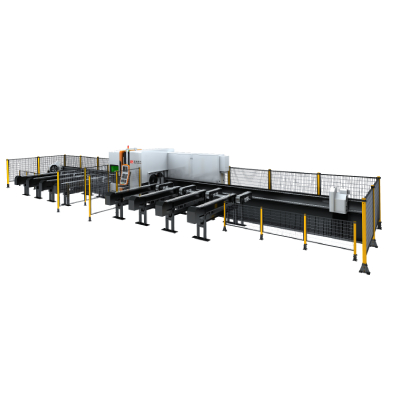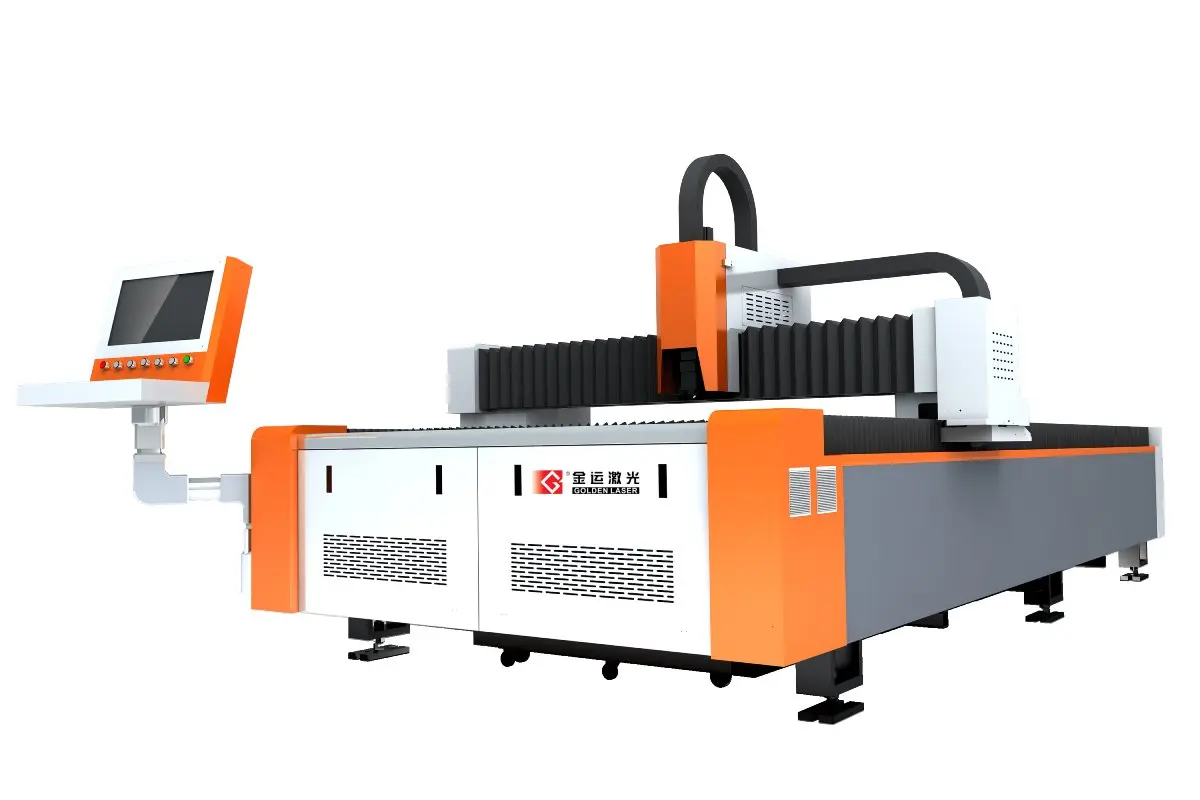****
In recent years, the advent of fiber laser technology has revolutionized the manufacturing landscape, providing enhanced efficiency, precision, and versatility in various applications. Among the leading developers of innovative laser solutions is IPG Photonics, a company renowned for its pioneering contributions to fiber laser technology. This article delves into the advantages and applications of IPG Fiber Laser systems, highlighting how they are shaping the future of industrial processes.
What is IPG Fiber Laser Technology?
IPG Fiber Laser technology utilizes optical fibers as the medium for generating laser energy, producing a high-quality, coherent beam of light. Unlike traditional lasers that rely on gas or solid-state materials, IPG’s lasers leverage rare-earth-doped fibers, such as ytterbium, to achieve remarkable efficiency and output power. The design of IPG fiber lasers enables them to be more compact, lightweight, and energy-efficient than their predecessors, promoting wider usability across diverse applications.
Key Advantages of IPG Fiber Lasers

Understanding the Advantages and Applications of IPG Fiber Laser Technology in Modern Manufacturing and Industrial Processes
1. **High Efficiency**: One of the standout features of IPG Fiber Lasers is their efficiency, often exceeding 30%. This allows manufacturers to reduce energy consumption significantly compared to conventional laser systems, leading to cost savings and a lower carbon footprint.
2. **Exceptional Beam Quality**: The beam quality produced by fiber lasers is superior, characterized by a small focus spot size and high power density. This quality translates into precise cutting, welding, and marking capabilities, making fiber lasers ideal for intricate tasks where accuracy is paramount.
3. **Wide Range of Power Options**: IPG Photonics offers a variety of fiber lasers with output powers ranging from a few watts to several kilowatts. This extensive range ensures that industries can find the right power levels tailored to their specific applications, from delicate engraving to heavy-duty cutting.
4. **Low Maintenance**: The solid-state nature of fiber lasers means fewer moving parts and lower maintenance requirements compared to traditional laser systems. This durability lowers operational costs and increases uptime, a vital factor in production environments.
5. **Versatility**: IPG Fiber Lasers can be used across multiple applications, including cutting, welding, marking, and additive manufacturing. Their ability to process a wide variety of materials, including metals, plastics, and wood, makes them a versatile tool for many industries.

Understanding the Advantages and Applications of IPG Fiber Laser Technology in Modern Manufacturing and Industrial Processes
6. **Compact Design**: The compact nature of fiber lasers allows for easier integration into existing manufacturing setups. This space-saving design is particularly beneficial for facilities with space constraints, enabling more efficient layout arrangements.
Applications of IPG Fiber Lasers
IPG Fiber Lasers find applications across various industries, including automotive, aerospace, medical device manufacturing, and electronics. Here are some key applications where this technology excels:
– **Metal Fabrication**: In the automotive and aerospace industries, fiber lasers are used for cutting and welding metals, including stainless steel, aluminum, and titanium. The precision and speed of fiber lasers enhance production rates while maintaining high-quality standards.
– **Medical Devices**: The medical device industry benefits from the capabilities of IPG Fiber Lasers for crafting intricate components. Applications include cutting precise shapes in surgical instruments and processing materials used in implants.
– **Electronics Manufacturing**: In electronics, fiber lasers are employed for cutting, engraving, and soldering components with unparalleled accuracy. This is crucial for the production of circuit boards and other electronic devices that require tight tolerances.

Understanding the Advantages and Applications of IPG Fiber Laser Technology in Modern Manufacturing and Industrial Processes
– **3D Printing**: In additive manufacturing, fiber lasers are integral to the powder bed fusion process. Their precision ensures that printed objects have the desired properties and structural integrity.
– **Industrial Marking**: Fiber lasers are frequently used for creating permanent marks on products, including barcodes, serial numbers, and logos. The high-speed marking ability enhances production efficiency while ensuring quality and traceability.
Conclusion
The evolution of laser technology has reached new heights with IPG Fiber Lasers, which combine efficiency, precision, and versatility. As industries demand better performance and quality in manufacturing processes, the application of fiber lasers becomes increasingly essential. By understanding the benefits and applications of IPG Fiber Laser technology, businesses can harness its potential to improve operations, reduce costs, and innovate in product development. As the market continues to grow, it is clear that IPG Fiber Lasers will play a pivotal role in shaping the future of manufacturing and industrial processes. Fiber Laser Cutting Machine Metal
